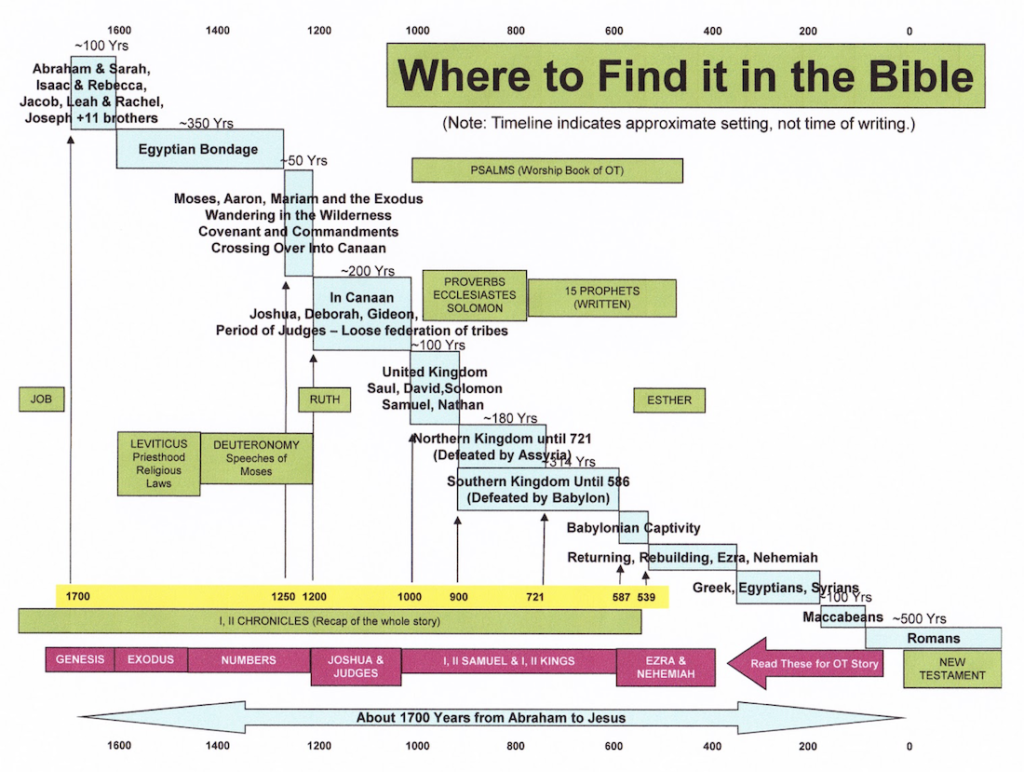
(Note: This is another in a series of postings of material used in a Confirmation class)
Attempts to read through the Bible, beginning with the creation stories in Genesis and proceeding through the inspirational and perhaps comforting accounts of Abraham and Sarah, Isaac and Rebecca, Jacob and Rachel, Joseph, and Moses often get bogged down in the book of Leviticus which immediately follows. Here is my suggestion: For the time being, skip Leviticus which is all about the Priesthood and seemingly mysterious religious laws, sometimes prescribing the death penalty, and proceed to Numbers which focuses on what happened to the people during their wilderness wanderings. Of course some of these events will seem very mysterious also, but, just remember, it was a long time ago. Two themes will ring true even today, and those are the theme of complaining by the people and the theme of the steadfast love and faithfulness of God.
I suggest skipping Deuteronomy, lots of review of the past and speech making by Moses. Just make a note to come back and read it later and proceed to Joshua which describes the crossing of the Jordan River into the “Promised Land,” the defeat of Jericho, and the struggles which followed. Then read the book of Judges, about the early years in the new land before the people demanded a king.
Skip Ruth for now and read through 1st and 2nd Samuel and 1st and 2nd Kings for the stories of Samuel, Saul, David, Solomon, and the political upheaval and series of mostly infamous kings who followed Solomon. These books end in the defeat and occupation or exile of the Jews by Assyria and Babylon.
Skip 1st and 2nd Chronicles, a recap of the whole story written much later and with a different slant, and read Ezra and Nehemiah which tell the story of the release and return of the Jews to Jerusalem and the rebuilding of the Temple.
This chronological arrangement of the books Genesis, Exodus, Numbers, Joshua, Judges, Samuel, Kings, Ezra, and Nehemiah shows up at the bottom of the chart above, just above the arrow spanning the 1700 years from Abraham to Jesus. Other Old Testament books are positioned on the timeline to show the approximate setting, not necessarily the time during which they were written.
Maybe someday I will get around to positioning the Deuterocanonical books on the chart.